Now that the SMP is finally moving back to the full council, I want to explore whether the latest proposed bulkhead rules could impact the risk of floods in Renton. In particular, I am worried about sand going downstream and plugging up the space under our bridges. Obtaining dredging permits from Department of Ecology and Fisheries is becoming extremely difficult, expensive, time consuming and unreliable.
The following three images are still shots from a Renton Reporter video which documented the Cedar River impacts in Renton from the January 2009 flood. Click here to see the Renton Reporter video and article about the 2009 flood.
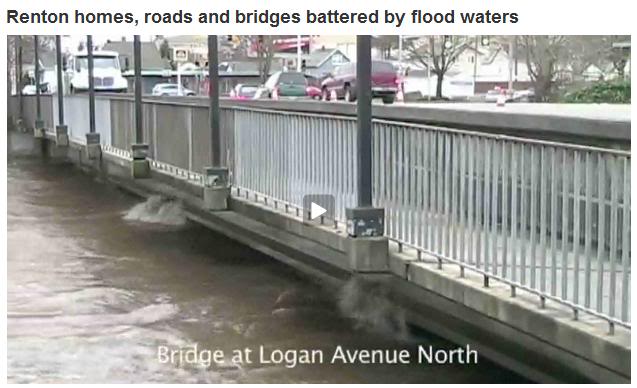
In January 2009, flood waters came within inches of reaching capacity below several Renton bridges. If there had been another foot of sand at the bottom of the channel, there would not have been enough room for flood waters to go under. Water would have likely backed up behind the bridges (turning the bridges into dams) until the water completely submerged them or cut a new channel through a nearby neighborhood. If this had happened, damage to bridges and property could have reached the tens of millions of dollars.
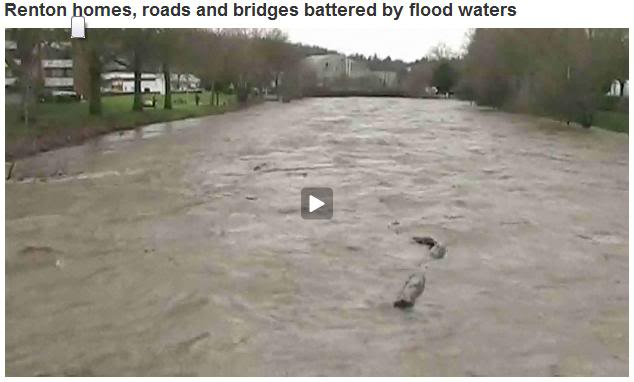
(above)From Renton Reporter video, showing high water in Cedar River through Renton
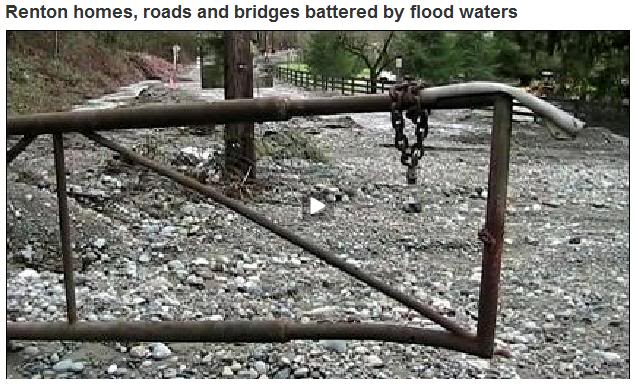
From Renton Reporter video, sand washouts upstream in the Cedar River
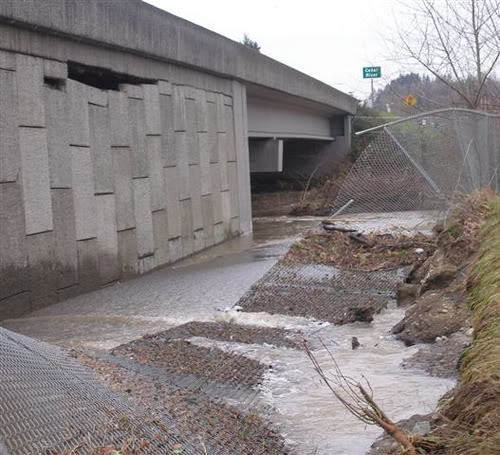
(Above) Maple Valley Highway and one of the DOT bulkheads was damaged by the Cedar River. Replacement of this bulkhead structure and related repairs to the supported highway were estimated at approximately four million dollars.
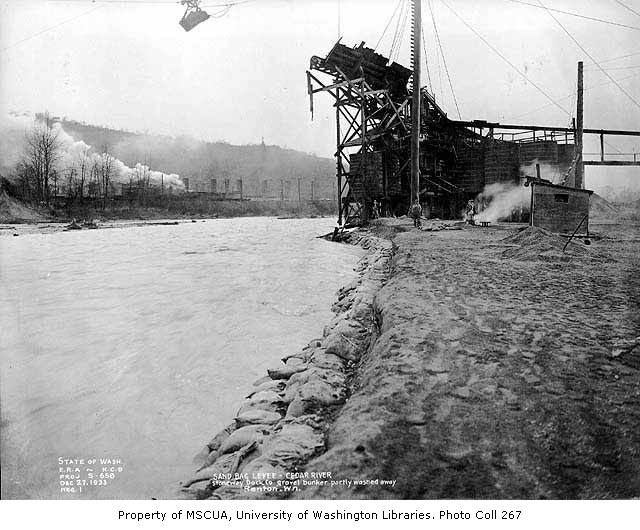
Above, the Stoneway site, with a sandbag levee in 1933.
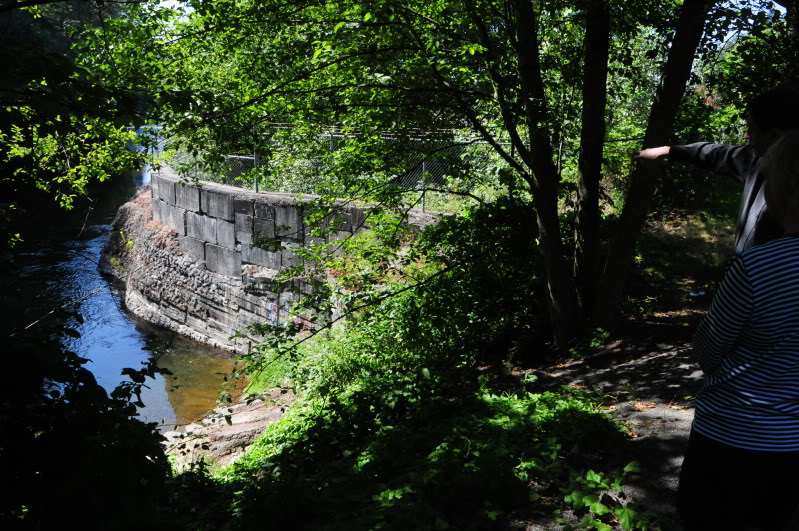
Above, the upstream end of the current Stoneway bulkhead, which has never been damaged by river flooding. This 1200 foot long bulkhead likely helps prevent sand from washing downstream, under Renton’s library and bridges. The owners of the Stoneway site feel that our SMP may cause them to remove this bulkhead.

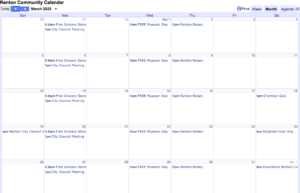
Recent Comments